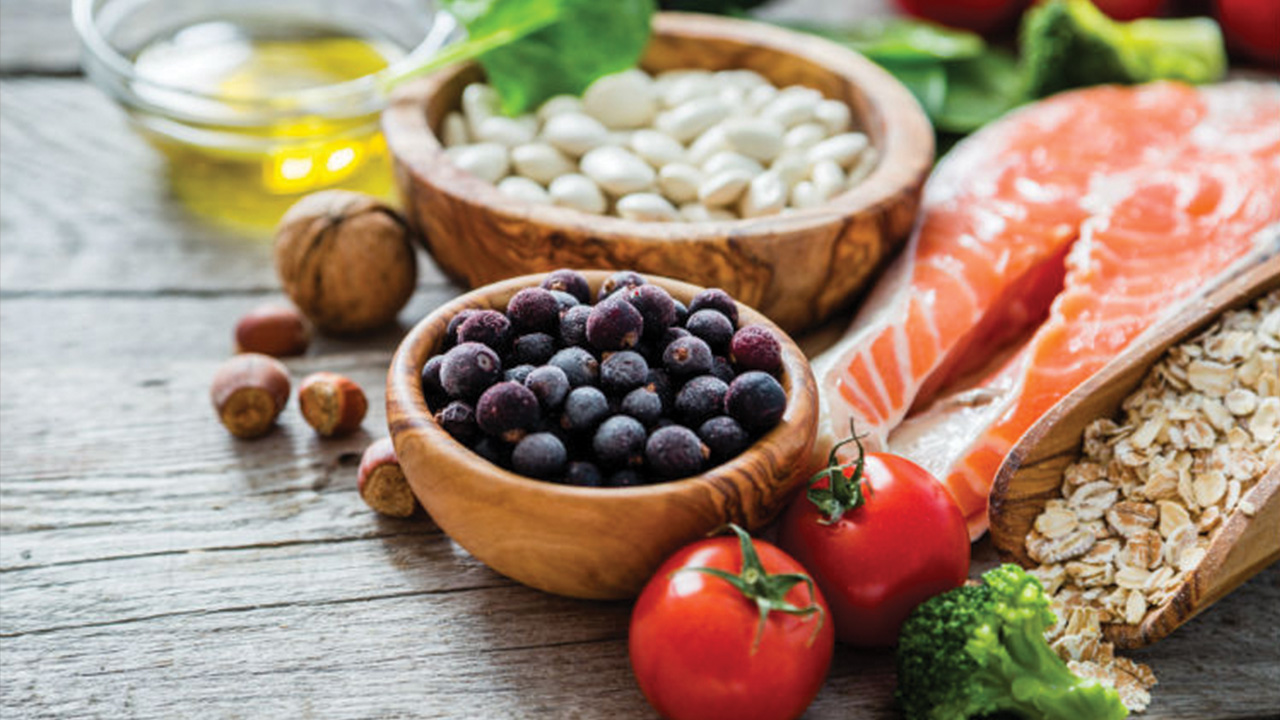One of the most challenging parts of caring for an aging loved one is helping them maintain a healthy weight. As we age, our senses of taste and smell weaken, which can cause our appetites and food preferences to change. Many caregivers find that their loved ones don’t care much about food anymore and they’re almost apathetic about what’s served for dinner each night. Some even refuse to eat at all. However, proper nutrition is crucial for good health, and mealtimes often play an important social role in an elder’s life. Encouraging a loved one to participate in and enjoy meals comes down to combining three basic rules and a few quality ingredients.
How to Help a Senior Gain Weight
- Find foods that are easy to eat and digest.
- Ensure these foods are nutritious and high in calories.
- Prepare and serve these foods so that your loved one will look forward to every meal.
5 Healthy Foods That Promote a Healthy Weight
- Nut butters are one of the easiest ingredients to incorporate into a senior’s diet. Smooth and creamy, they’re much easier to eat and digest than raw nuts. If your loved one has a hard time eating nut butters on nutrient-dense fruits and vegetables like apples or celery, try mixing them into a hot bowl of oatmeal or spreading some on a slice of warm bread. Nut butters are rich in monounsaturated fat, making them excellent for heart health and lowering blood pressure. Remember, you don’t need to stick to peanut butter; almond butter and cashew butter are great options as well.
- Avocados are another high-calorie food many seniors love. Like nut butters, avocados have a rich and creamy consistency. Their high fat content acts as an emulsifier, creating a thick texture when blended into a variety of dishes. Don’t think avocados are only for making guacamole! I like adding avocados to smoothies (trust me, your loved one won’t even notice). You can also add them to salads, use them as a garnish for chili or eggs, as a topping on sandwiches or as a quick and easy spread on toast.
- Coconut has recently come into the spotlight as a new superfood, thanks to the Paleo diet. Although coconut products are high in saturated fat, we’re learning that this fat operates differently from the kind found in animal products. So, when you’re making creamy soups and stews, try adding full-fat coconut milk to the pot. This is especially delicious in Asian and curry-based dishes, where the sweet, nutty flavor of coconut milk offsets the spicy notes. Coconut oil can be a nice substitute for olive and vegetable oils in many dishes, too. Just keep in mind that the healthier virgin or unrefined type can add a coconutty flavor to foods.
- Full-fat dairy products are another tasty, calorie-dense option. It takes an excess of 3,500 calories for a senior to gain a single pound. This means that every calorie counts! Substituting skim milk and low-fat dairy products with their full-fat counterparts can easily add another 100 to 250 calories to your loved one’s daily caloric intake. For instance, yogurt is an easy-to-eat source of healthy probiotics. Serve some with fruit for breakfast or incorporate it into a smoothie! Full-fat plain Greek yogurt can also be used as a tangy substitute for sour cream that is high in protein, vitamin B-12 and calcium.
- Potatoes and whole-grain starches consumed as part of a diet high in carbohydrates are great for promoting weight gain. Compared to meats and fresh produce, carbs are some of the most affordable foods to stock up on. Try to serve one starch with each meal you make for your loved one, and don’t be afraid to get creative! Top baked potatoes with cheese and sour cream for additional calories or toss whole-wheat penne in a creamy vodka sauce for a high-calorie dinner. Although starches might seem bland, they function as a blank canvas that allows you to easily switch up flavor profiles. This way you can make dozens of different dishes with the same few ingredients.
Additional Meal Tips for Seniors
- Sprinkle ground flax seeds or chia seeds into their cereal, oatmeal, yogurt, smoothies or salads for added omega-3s and additional calories that are barely noticeable.
- Encourage your loved one to eat smaller portions more frequently. Serving a mid-morning snack and mid-afternoon snack can easily add another 300 to 500 calories to their diet.
- Add a slice or sprinkle of cheese to sandwiches, pasta, eggs and other dishes for an extra 100 calories or so.
- Get them involved in the kitchen! Ask your loved one to help you bake whole-grain cookies or breads that they can enjoy with their tea or coffee. They will appreciate feeling useful and be more likely to indulge in the treats they helped prepare.
- Add a generous drizzle of olive oil to salads and pastas for an extra 100 to 200 calories. Flax oil is also a good option, but remember to keep it refrigerated and never cook with it directly (it has a very low smoke point).
- Pesto is an antioxidant-rich, high-calorie spread that can be used in a variety of dishes. Spread it on a sandwich, use it as a pasta sauce, or pour it over chicken and fish dishes. The good news is that pesto is easy to make at home, and you can add or swap out different greens, herbs and nuts for exciting takes on the classic basil version. Varieties can include mint, sundried tomatoes, spinach, pistachios, arugula, parsley, walnuts and cilantro.
Getting your loved one to eat more might seem daunting at first, but these tips can help them maintain a healthy weight and get the nutrition they need.
What are some of your loved one’s favorite high-calorie foods?
